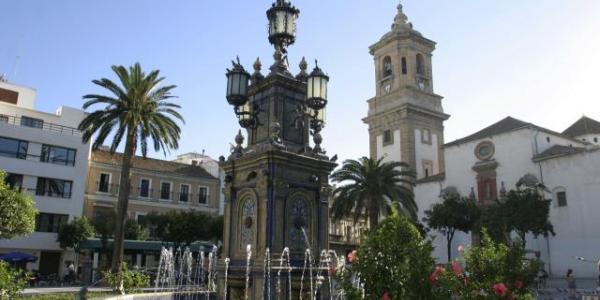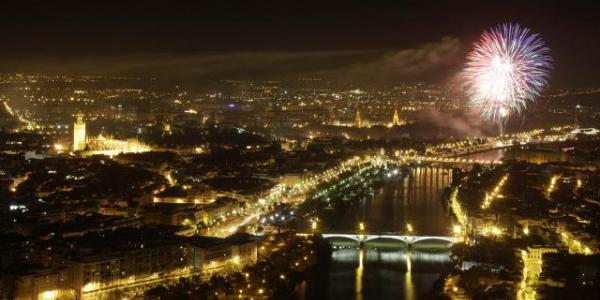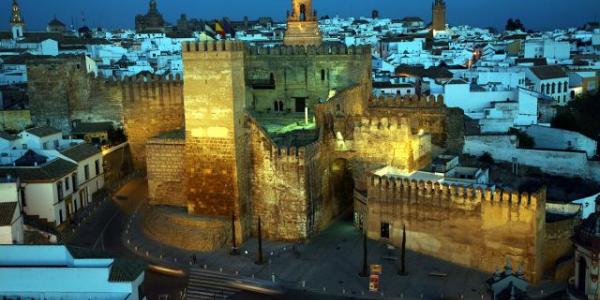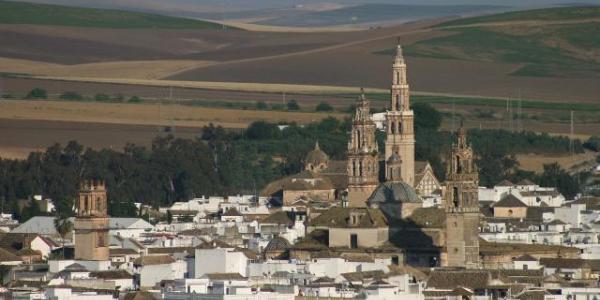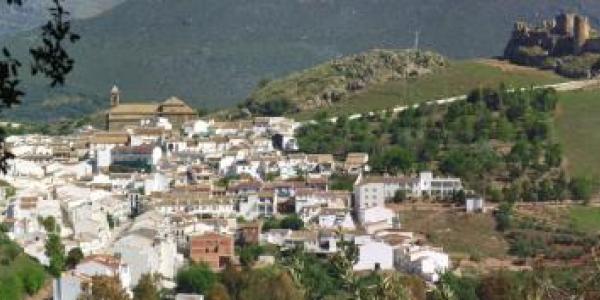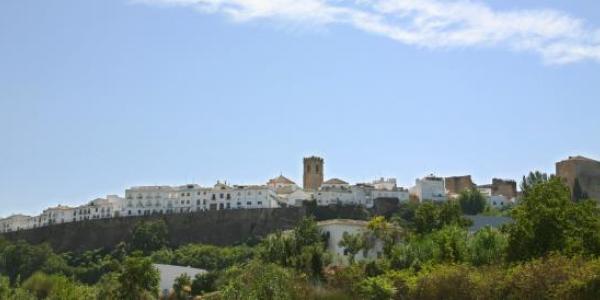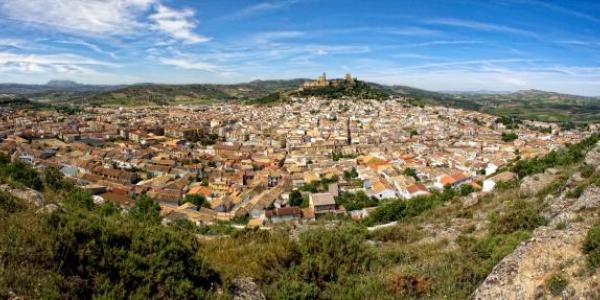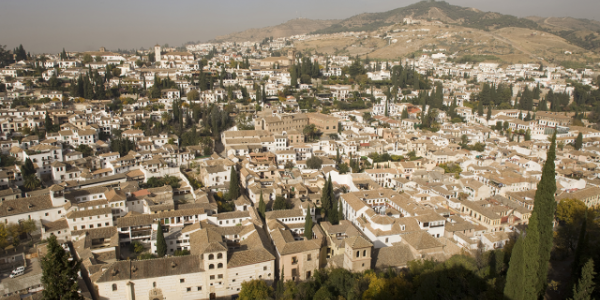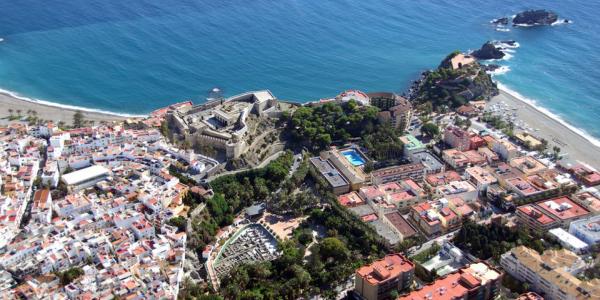The Great Mosque

One of the greatest works of art of all times, a World Heritage Site, a prodigy of equilibrium and harmony in space, sums up the glory of this piece of architecture under the Caliphate.
Put up over an old Visigoth basilica, the actual building of the original mosque only took a year (786). The emirs and caliphs made additions to it in the following centuries. Abd ar-Rahman III built a new minaret and widened the courtyard; al-Hakam II enlarged the depth as far as the river allowed, and ordered artists from Damascus and Byzantium to adorn the dazzling mihrab. The most spectacular extension was undertaken by al-Mansur, on the eastern side.
All in all, it has 19 aisles, perpendicular to the qibla wall where the mihrab is situated, with marble and mosaic adornments in the Byzantine style. Before the covered section comes the courtyard or sahn. Marble pillars support two levels of arches, the first are horseshoe arches and the second are stilted semicircular arches, where ochre stone voussoirs alternate with red brick; the ensemble is covered by a flat wooden ceiling under a roof with two slopes. The most sumptuous and dazzling element is, without a doubt, al-Hakam's mihrab, preceded by the maqsura, a sector reserved for the caliph.
The Court of the Orange Trees lies to the north, with galleries on three sides, formed by triple semicircular arches; the side with access to the haram has covered horseshoe arches, in between which stands the Gate of the Palms, with Renaissance reforms.
The Christians built the Main Chapel and the Royal Chapel in the central part of the aisles. Works began on the Cathedral in 1523 right in the forest of pillars, by request from the Chapter, which had obtained Charles V's support. Work was undertaken by Hernán Ruiz the Elder, to be carried on by his son Hernán Ruiz the Younger in 1545. The Cathedral is shaped like a Latin Cross, with side chapels, Gothic vaulting in the Main Chapel, half-barrel vaults in the Choir and elliptical in the transept.
The Judería quarter

The Jewish sector starts on the north-eastern corner of the Great Mosque, with a labyrinth of narrow white streets up against the walls. In among the many small tourist shops, there are some fine interesting buildings, such as the Synagogue, the only remaining one of this area. It was discovered at the end of the 19th century and has undergone several restorations. It is in Los Judíos street and dates from 1315. It was converted into a church in the 16th century and was the property of the guild of shoemakers. It is rectangular, all the walls were decorated, but only the higher frescoes are still extant. An inscription reminds us of Yishaq Moheb, founder of the Synagogue. Almodovar Gate or Gate of the Jews, nearby, is the only existing example of the great medieval city gates from the 14th century. It was put up over a previous 10th century one, when it was known as Puerta del Nogal (walnut tree Gate).



